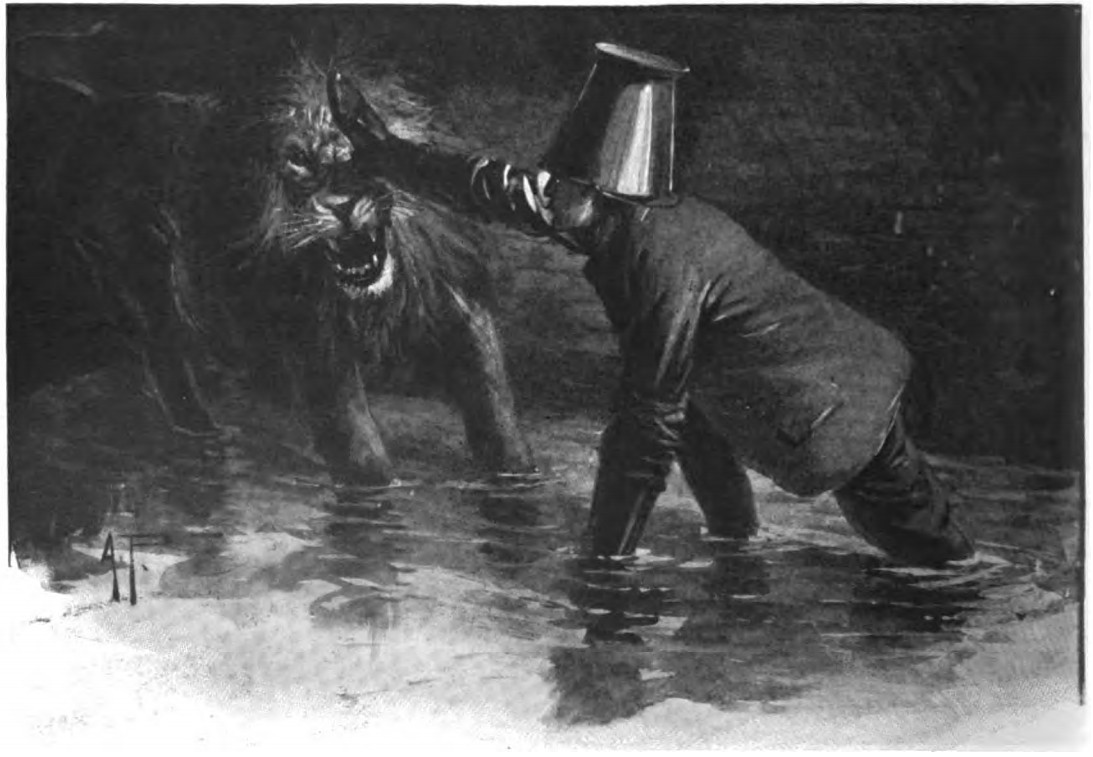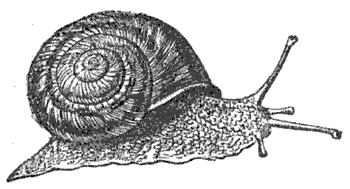Each year, thousands of people take up seats along the streets of Flanders. Before each of them is a wooden box, and in each box is a single male finch. At a timekeeper’s signal, the observers begin to count the birds’ calls, making tally marks on long wooden sticks. After one hour, the bird that has sung the most calls is recognized as the winner.
This is vinkensport, a tradition in Flemish culture for more than 400 years. It was started by merchants in 1596, and as of 2007 an estimated 13,000 vinkeniers were still breeding 10,000 birds each year.
The sport’s popularity is growing, but like any sport it’s subject to cheating: When one finch produced 1,278 susk-e-wiets in an hour, its owner was accused of doping it with testosterone. Another competitor attracted suspicion when his box emitted exactly 725 calls in each of two matches; when a judge ordered the box opened, he discovered a mini-CD player inside.








